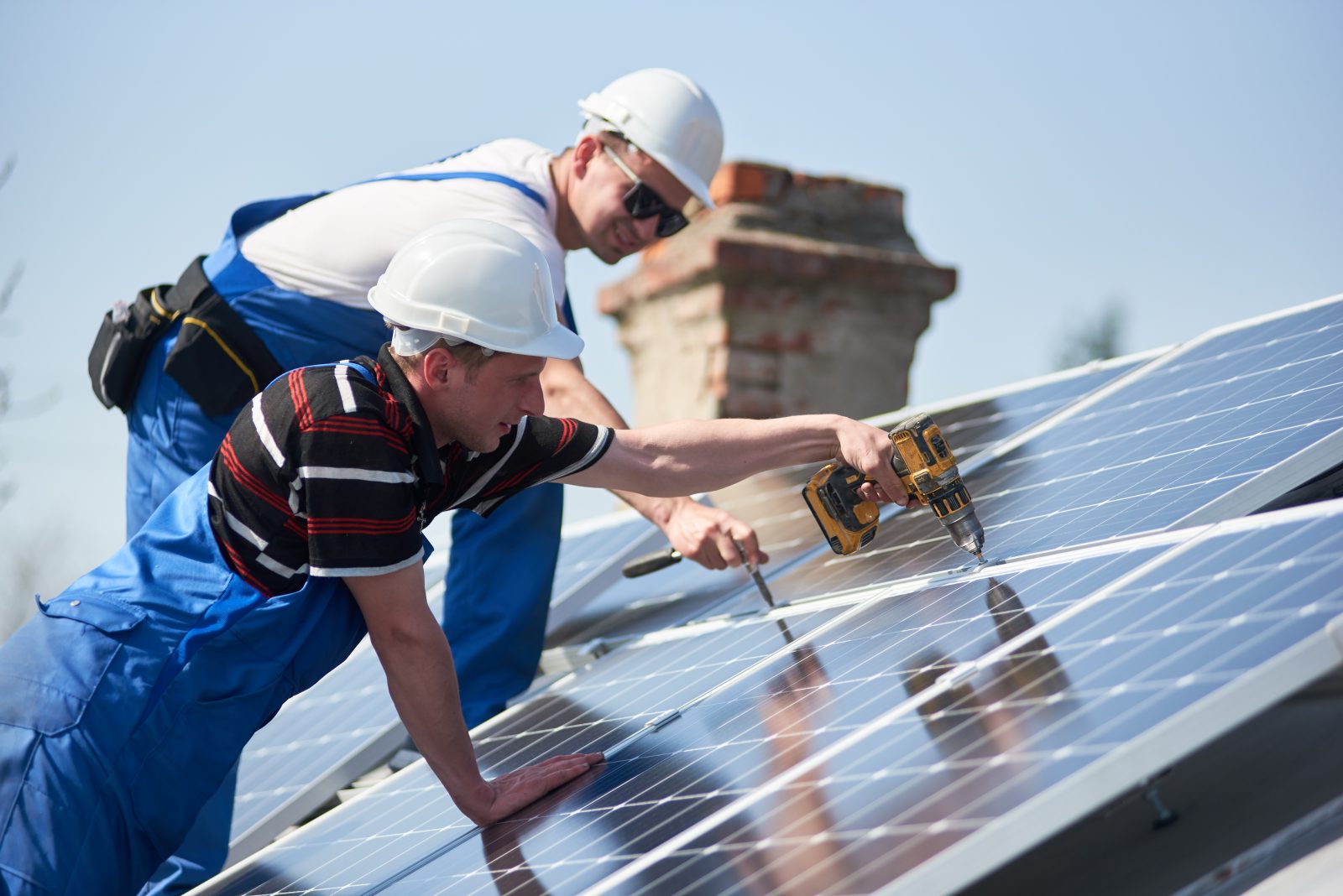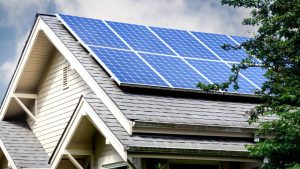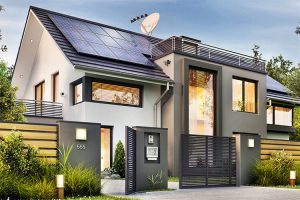Solar panels perform most effectively and efficiently on a south-facing roof that has full sun exposure. However, you don’t need this ideal situation to reap the benefits of solar energy. Professional installers can adjust solar panels to function on almost any roof. Therefore, anyone can lower their energy costs and help to preserve the environment by converting their homes to solar energy.
There are a few initial steps that are required before you can install solar panels. Surf Clean Energy manages every aspect of your installation. This may also include tree removal, roof replacement, and solar panel installation permits.
Is Your Roof Suitable for Solar?
After your consult with Surf Clean Energy and decide to move forward, our professional solar panel installers will examine your home for a few key things to ensure your roof is suitable for solar:
- The direction of your roof: South-facing roofs are ideal for solar. This is because they get the most sunlight throughout the course of the day. However, don’t get discouraged. East and west facing roofs also receive enough sunlight to help you save money.
- Your roof’s pitch angle: Roofs with a pitch of 15 to 40 degrees are the ideal angle for your solar panels. However, if your roof doesn’t have these angle, the solar panels can be mounted to reach any angle needed for optimum efficiency.
- Your roofs size and shape: Panels are most easily installed on big square roofs. It’s ideal to have 100 square feet of roof space for every kilowatt of panels installed. Typically, it requires 300 to 500 square feet to install the average 5 kilowatts. Panels can also be installed around objects like chimneys, skylights, and dormers.
- Age and material of your roof: Solar panels can last for 25 years. Removing solar panels to replace your roof can be costly. So, it’s important to make sure you will not need to replace your roof in the near future. Moreover, materials like slate, cedar, and clay aren’t ideal for installing solar panels. These roofs are more prone to breakage during installation. However, working with experienced installers at Surf Clean Energy will help prevent that.
The Solar Panel Installation Process
The big day is here – your solar panels are being installed! On average it takes about two days to install your new solar energy savers. However, working with your electrical company can take some time. They want to ensure that your solar panels are efficient and safe because you’re tying into their grid. Surf Clean Energy will be with you every step of the way ensuring your experience is as quick and easy as possible.
Solar Panel Maintenance and Repair
Solar panels have a lifespan of 25 years with little to no maintenance. They are made of tempered glass. Therefore, they are made to withstand rough weather such as hail. Although it’s rare, solar panels might need to be maintained and sometimes repaired. If you do experience issues with your solar panels, it’s most likely related to electricity production. So, be sure to pay attention to changes in production so the issues can be addressed.
In most cases, you don’t need to clean your solar panels. However, if you live in a place that experiences a lot of smog, dust or dirt, you may have to regularly clean your panels. Dirty panels can cause a dip in production over time. Cleaning is typically the most maintenance they’ll ever need. It takes no more than a garden hose to clean them off. However, if the dirt layer is thick you may need to wipe them off with a sponge. If you’re uncomfortable climbing onto the roof, companies like Surf Clean Energy are fully equipped to clean your panels for you. Some companies may even offer maintenance plans.
—
Solar panels are very effective for lowering your electric bill and reducing your carbon footprint. The specialists at Surf Clean Energy will educate you on every aspect of solar energy and will walk you through every step of the solar installation process.
You may also like to read more about The Pros and Cons of Community Solar Farms.




